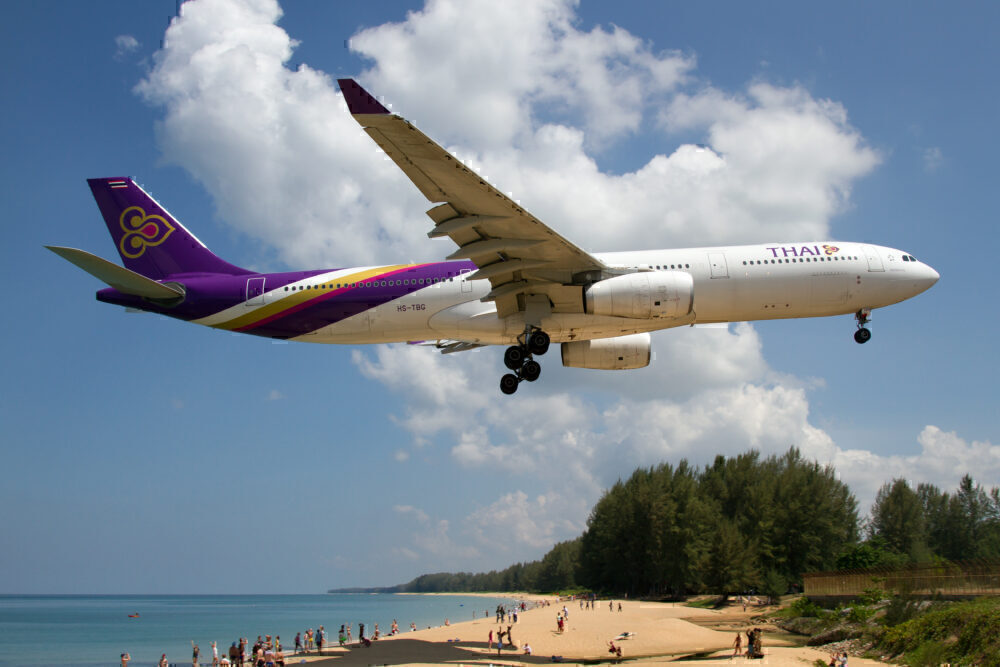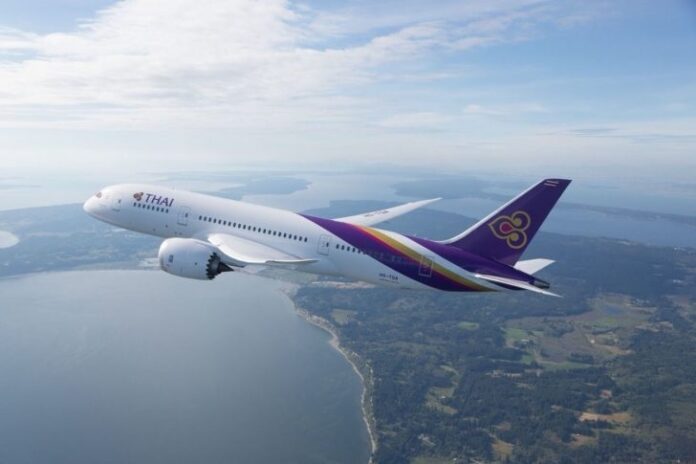For a nation that relies on tourism for almost 20% of its GDP, the closure of borders hit Thailand harder than many other nations. In a bid to support airlines and ailing hospitality businesses, the government of Thailand launched three stimulus packages targeting domestic travel. These led to an uptick in domestic flying of more than 50% in just one month – here's how they did it.

A bitter 2020 for Thailand
Thailand is one of the nations to have taken lockdown to the most extreme levels. The nation effectively closed its borders early in the year and is yet to fully reopen to tourists. While some long-term visitors are being allowed in now, a 14-day quarantine remains in place, along with the requirement for a negative PCR test before departure and another on arrival.
Thailand's prime minister Prayuth Chan-ocha this week said that mass tourism would not return to Thailand until the effects of a vaccine were visible. He pegged this at mid-2021 at the earliest which, for a country that secures almost 20% of its GDP from tourism, will come as a blow to its travel industry.
The strict lockdown has had significant effects on Thailand's airlines. Flag carrier Thai Airways was in financial difficulty prior to COVID, and has been floundering amid the border closures. Its precarious fiscal situation has seen it selling off everything from planes to cutlery, and even opening a restauranton the ground in a bid to rake in some cash.

While international traffic has been stagnant, Thailand's domestic flying is back to around 70% of its pre-pandemic levels. In fact, between June and July, Thailand succeeded in stimulating domestic air travel by more than 50%, thanks to three key initiatives. Let's see what we can learn from Thailand's approach.
Three stimulus packages
The Thai government launched three stimulus packages in July 2020, all of which will run through to January next year. The stimulus package saw an investment of 22.4 billion baht ($718 million) plowed into domestic tourism.

The first of these was originally called 'Pansuk', meaning 'happiness-sharing' trips. Around $64 million was invested in this initiative, which saw domestic travel fares slashed by 40% for two million domestic tourists. This covered airfares as well as long-haul bus trips, and even car rental costs.
The second was called Travelling Together and was worth around 18 billion baht (almost $600 million). The project saw the government funding 40% of overnight stay rates, with a cap of 3,000 baht per night, for trips of up to five nights in duration. It also includes subsidies of up to 600 baht per room, per night, for other services such as food and beverages.
The final package was called Moral Support, and was specifically targeted at frontline medical personnel, hospital officials and public health volunteers. 2.4 billion baht ($77 million) was allocated to completely fund short breaks for these key workers, at up to 2,000 baht per tourist for overnight stays of at least one night.
The results
Presented at an IATA press conference yesterday, the results of these initiatives were impressive. The Thai travel subsidies successfully led to an uplift in domestic air travel between June and July of 56%. That level has been maintained, with a slight drop in September, but overall traffic figures remain much higher than during the initial months of the pandemic.

IATA is calling on governments around the world to do more to support their airlines over this final hurdle before the effects of the vaccine kick in. Initiatives like these subsidies are a great way to stimulate demand without adding to the debt burden of the airlines and should be seen as an inspiration for a way out of this crisis.



Inga kommentarer:
Skicka en kommentar